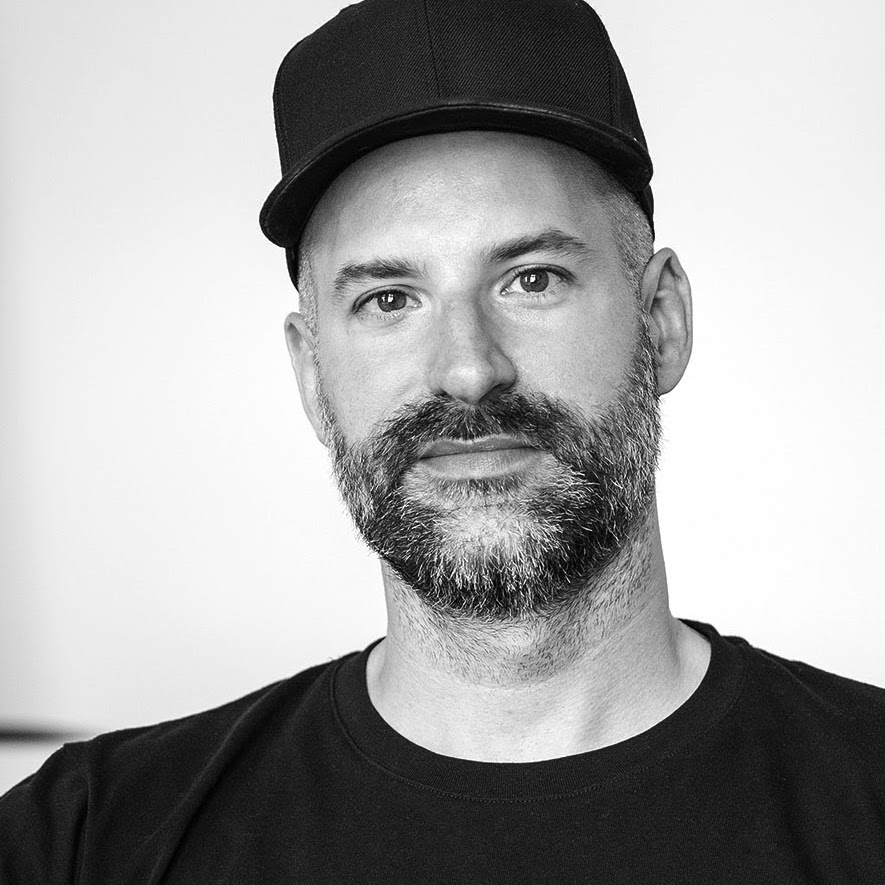Key Takeaways
Effective team development in hybrid teams hinges on establishing absolute role clarity to combat the 64% of managers' fears of employee isolation.
Integrating AI as a team member can automate up to 54% of administrative work, freeing human talent for strategic tasks.
Shifting to asynchronous communication can reclaim valuable time, as 72% of traditional meetings are found to be ineffective.
Welcome to the new world of work, where more than 43 percent of professionals prefer a hybrid model. Yet, this frontier brings new dragons to slay: isolation, burnout, and fuzzy responsibilities. For Team Architects, the heroes shaping modern organizations, the challenge is clear. You must lead your team through this change, transforming their daily *Under Pressure* marathon into a smooth, productive flow. This playbook provides the magic-actionable strategies for effective team development in hybrid teams. We will explore how to define roles, streamline communication, and integrate AI to build a truly future-proof, collaborative force.
Confronting the Hybrid Chaos
Hybrid work is no longer a temporary fix; for 28.8 percent of German job postings, it is the new standard. But this shift creates significant hurdles for team development. Leaders face a complex challenge, with 64 percent fearing employees feel isolated and disconnected from the team.
This isn't just a feeling; it has a real business impact. A staggering 65 percent of employees believe conflicts are more likely to be ignored in a hybrid setup. The lack of spontaneous connection leads to an information flow problem for 47 percent of teams. This ambiguity fuels change fatigue and directly impacts your organizational development goals.
Snack Facts: The Hybrid Reality
Here are the numbers defining the challenge for today's Team Architects:
- In Germany, France, and the UK, 83 percent of employees report feeling more productive in a hybrid model.
- However, 73 percent of managers feel unprepared to lead hybrid teams effectively.
- Globally, only 21 percent of employees feel engaged at work, a number declining for the first time in years.
- Poor communication is a major issue, with 53 percent of leaders citing it as a significant risk.
These statistics highlight a critical gap between potential and reality, setting the stage for a new approach to team design.
Architecting Clarity in a Hybrid World
The hero's journey for any team begins with a clear map, and in organizational design, that map is role clarity. Unclear roles create friction, costing companies money and delaying projects by over 15 percent. The solution is a dynamic approach to defining roles and responsibilities, turning ambiguity into a powerful tool for understanding hybrid teams.
This is where the Team Architect shines, using a magic tool to bring order. By clearly defining who does what, you reduce the 54 percent of time knowledge workers spend on repetitive, low-impact tasks. teamdecoder provides this clarity, helping you visualize workflows and dependencies for every team member, including AI agents.
Architect Insight: Your Blueprint for Success
Our Playful Tip: Think of roles like characters in a video game, each with unique skills and quests. Defining them clearly prevents players from bumping into each other. A technology company found that hybrid work reduced employee quit rates by a remarkable 33 percent. This level of retention is achievable when employees have clear expectations and feel their contribution matters. This clarity is the first step in successful change management and building resilient team structures.
Activating Flow and Boosting Performance
With clear roles established, your team can move from chaos to a state of flow, where productivity soars. Companies with high employee engagement see 21 percent higher profitability. This is the direct result of intentional team development in hybrid teams. It transforms how people work, with 84 percent of employees reporting they get more done in a well-structured hybrid environment.
This isn't about working more; it's about working smarter. Asynchronous communication is a key part of this strategy. Up to 72 percent of traditional meetings are considered ineffective, creating massive drains on time and energy. By empowering your team with clear tasks and asynchronous channels, you give them back the focus they need for deep work. Learn more about improving team communication.
Deep Dive: The Asynchronous Advantage
Our Playful Tip: Ditch the endless status meetings and embrace the recorded update, a modern-day *Message in a Bottle*. Here's how to foster asynchronous work:
- Set Clear Guidelines: Establish response time expectations, like 24 hours for non-urgent requests.
- Use Collaborative Docs: Tools like Google Docs allow for feedback without needing a live meeting for every draft, saving up to five hours per week.
- Leverage Project Management Tools: Platforms like Asana or Trello provide a single source of truth for tasks and deadlines.
- Record Video Updates: A five-minute Loom video can replace a 30-minute meeting, a 6x efficiency gain.
This shift empowers team members across time zones and builds a foundation of trust and autonomy.
Integrating AI as a Core Team Member
The next evolution in team development is the seamless integration of AI agents. Over 92 percent of companies plan to increase their AI investments in the next three years. These are not just tools; they are new team members that require defined roles and responsibilities. The hero's journey now includes teaching humans and AI to collaborate effectively.
Imagine an AI agent handling the 54 percent of a worker's time spent on administrative tasks. This frees up human team members for strategy and creative problem-solving. AI integration can increase team response times by up to 40 percent and reduce onboarding time by 50 percent. To achieve this, Team Architects must map out AI's role in every workflow, a core function of effective hybrid team governance. You can try teamdecoder for free to start mapping these new team structures.
This strategic approach to AI agent integration ensures technology serves your team, preventing it from becoming another source of complexity. Explore how to lead hybrid teams with this new dynamic.
Your Path to a High-Performing Hybrid Team
Your quest as a Team Architect is to lead your team from overwhelm to empowerment. The journey involves slaying the dragons of ambiguity and digital friction. By focusing on clear roles, smart communication, and strategic AI integration, you create an environment where everyone can thrive. This isn't a fairy tale; it's the result of deliberate organizational development.
The adventure doesn't end here. It's a continuous cycle of refinement and adaptation. With the right tools and a clear vision, you can build a resilient, high-performing hybrid team that is ready for any challenge. The future of work is not just about where you work, but how you work together. Make it feel like play.
Try teamdecoder for free - shape your team and make change feel like play!
#TeamArchitecture #Hybrid Team #RolesAndResponsibilities #FutureOfWork
More Links
Federal Statistical Office provides statistics on home office in Germany.
Federal Ministry of Labour and Social Affairs publishes occupational safety recommendations for hybrid screen work.
Fraunhofer IAO discusses how hybrid work dominates the working world, one year later.
Hans Böckler Foundation offers an overview of studies on home office and mobile work.
FOM University presents a research paper on knowledge transfer in hybrid teams.
German Bundestag offers a brief profile on the topic of mobile work.
Munich Chamber of Industry and Commerce (IHK) provides guidance on mobile and hybrid work.
Federal Institute for Occupational Safety and Health (BAuA) focuses on hybrid, location-flexible, and multi-local work.
Initiative New Quality of Work (INQA) reviews a policy workshop on mobile work.
FAQ
How do you build team cohesion in a hybrid environment?
Building cohesion starts with intentional design. Focus on clear roles so everyone understands their contribution. Use a mix of synchronous and asynchronous communication to foster connection without causing burnout. Finally, create purposeful in-person time for strategic workshops and team-building, not just daily tasks.
What tools are essential for hybrid team development?
Essential tools include a central platform for role and responsibility mapping like teamdecoder, collaborative document software (e.g., Google Docs), project management systems (e.g., Asana), and asynchronous video tools (e.g., Loom). These tools reduce meeting dependency and create a single source of truth.
How do you manage performance in a hybrid team?
Shift from measuring presence to measuring outcomes. Set clear, quantifiable goals for each role. Use regular, structured check-ins to discuss progress and roadblocks. This approach builds trust and empowers employees, with 82% of hybrid workers feeling more connected to managers who use this style.
What is the role of leadership in hybrid team success?
Leaders must become 'Team Architects.' Their role is to design the hybrid system, not just manage people within it. This involves defining communication protocols, championing asynchronous work, and modeling the desired behaviors to build a culture of trust and autonomy.
Can you integrate new members effectively in a hybrid team?
Yes, with a structured process. A clear role definition in a tool like teamdecoder is the first step. Create a detailed onboarding plan with scheduled virtual meet-and-greets. Assign a mentor for the first 90 days. AI tools can also help, reducing onboarding time by as much as 50%.
How often should hybrid teams meet in person?
There's no single answer, but the focus should be on purpose over frequency. Use in-person time for high-value activities that are difficult to do remotely: strategic planning, complex problem-solving, and relationship-building. A quarterly full-team workshop and monthly project-based sessions is a common, effective rhythm.





